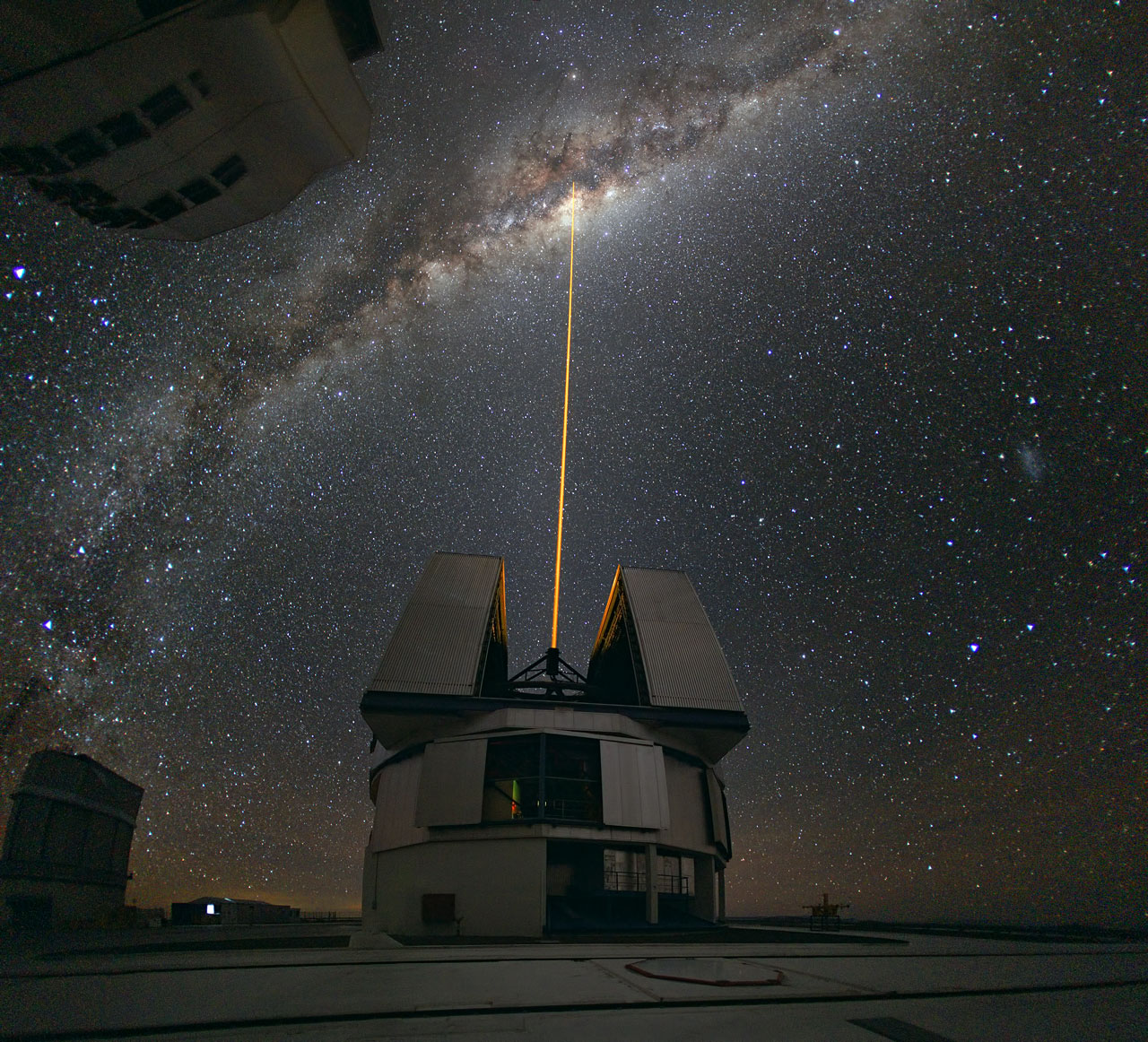Researchers at the Karlsruhe Institute of Technology set a new record by transmitting 26 terabits of a data per second (“the entire Library of Congress in 10 seconds!” as the usual benchmark goes) using a single laser and a clever FFT and frequency comb technique to split the light into 300+ discrete colors:
The Fourier transform is a well-known mathematical trick that can in essence extract the different colours from an input beam, based solely on the times that the different parts of the beam arrive. The team does this optically – rather than mathematically, which at these data rates would be impossible – by splitting the incoming beam into different paths that arrive at different times, recombining them on a detector. In this way, stringing together all the data in the different colours turns into the simpler problem of organising data that essentially arrive at different times.
Neat.
(Via ACM TechNews)

